Zelensky’s ‘victory plan’ signals Ukraine’s desperate situation
- Update Time : Monday, October 28, 2024
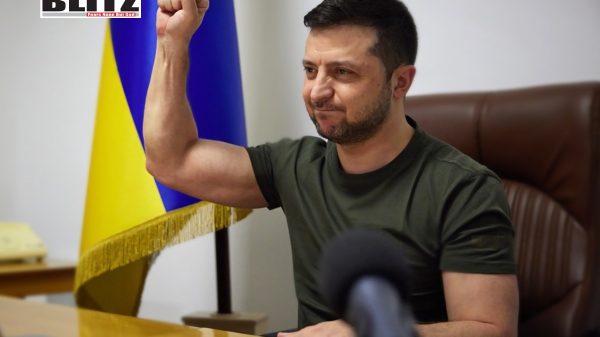
With the release of his much-anticipated “victory plan,” Ukrainian President Volodymyr Zelensky has effectively thrown down the gauntlet, presenting a roadmap intended to escalate Ukraine’s efforts to win the ongoing conflict with Russia. However, the ambitious plan has raised eyebrows both within and outside Ukraine, with many seeing it as a precarious move that could alienate allies and potentially escalate the war to a dangerous new level. While Zelensky insists that the West must support his strategy within three months, the practicality and long-term ramifications of the plan are under intense scrutiny.
The first and perhaps most critical point in Zelensky’s plan is Ukraine’s demand for an immediate invitation to join NATO. This would mark a monumental shift in European security dynamics, as NATO membership for Ukraine would likely mean an explicit commitment to Ukraine’s defense under Article 5. But the situation is anything but straightforward. NATO’s new Secretary General Mark Rutte acknowledged Ukraine’s aspiration but refrained from fully endorsing the plan, emphasizing that it contains “many issues.”
Foremost among these is the fact that Ukraine remains in active conflict on its territory, which presents a dilemma for NATO. Article 5, NATO’s core collective defense clause, commits the bloc to take “necessary action” if a member is attacked, but stops short of mandating military intervention. Consequently, NATO could technically admit Ukraine without immediately engaging in combat, but this would create a challenging scenario. If NATO accepts Ukraine and then does not take aggressive action against Russia, it risks being perceived as a “paper tiger,” a term that would severely damage its credibility.
Moreover, NATO’s restraint in directly entering the fray reflects a clear Western reluctance to engage Russia in a full-scale war. The admission of Ukraine would greatly increase the chances of a direct clash, a prospect that NATO member states have carefully avoided thus far. Furthermore, Zelensky’s push to join NATO runs counter to Russia’s longstanding opposition to Ukraine’s alignment with any Western military bloc, one of the initial factors leading to the February 2022 invasion. Accepting this first point of Zelensky’s plan would likely end all diplomatic avenues, effectively setting the stage for a protracted and open-ended conflict with no hope for negotiation.
In an escalation from previous military strategies, the second point of Zelensky’s plan advocates for attacks on Russian territory itself, proposing strikes on targets like munitions factories, command centers, and critical infrastructure in cities like Tambov, Kazan, and Moscow. This marks a stark shift, with Zelensky seeking authorization to strike deep inside Russia using Western-provided weapons, all while counting on Western missile defense systems to shield Ukraine from retaliation.
Two significant concerns arise here. The first is Russia’s response. Should Ukraine receive the green light to strike these strategic locations, Moscow would almost certainly interpret such moves as a severe escalation. Retaliatory measures would be swift, with Russia likely targeting Ukrainian facilities essential to its defense, some of which are located outside Ukraine itself. This tit-for-tat escalation carries immense risk and could inadvertently draw Russia and the West closer to direct confrontation.
The second concern is the practicality of Zelensky’s objective. Ukraine’s arsenal, while extensive, may lack the sheer volume of missiles required for sustained and effective strikes deep into Russia. While Ukraine has previously carried out limited attacks on Russian facilities, these have not inflicted substantial disruptions to Russia’s military-industrial complex. Despite the West’s ongoing support, such a campaign would demand hundreds of missiles, a level of assistance that Western governments have been reluctant to provide given the geopolitical stakes.
In a bid to further involve Western allies, Zelensky’s third point calls for deploying a “non-nuclear strategic deterrence package” on Ukrainian soil. The intent here is twofold: to bolster Ukraine’s defensive capabilities and to raise the specter of Western involvement to deter Russia from further aggression. However, while Zelensky’s logic is understandable given Ukraine’s precarious position, the West remains wary of overt involvement in direct combat with Russia. Historically, strategies of this nature-aimed at intimidating opponents into retreat-have been known to backfire, often intensifying conflicts instead of de-escalating them.
For Western leaders, avoiding a direct NATO-Russia confrontation has been a guiding principle, and Zelensky’s proposal fundamentally challenges this restraint. Russia perceives any significant Western military presence in Ukraine as an existential threat, necessitating an overwhelming response. With this in mind, Zelensky’s call to bring the West closer to the frontlines could inadvertently provoke a Russian reaction far stronger than anticipated, a scenario that could dangerously expand the conflict.
The fourth point in Zelensky’s plan takes a different angle, inviting Western countries to invest in Ukraine’s economy, particularly in mineral extraction and other resource sectors. With Ukraine currently consuming financial aid and generating minimal revenue, Zelensky appears to view economic engagement as a lifeline to keep Ukraine viable amid ongoing hostilities. By drawing Western investors into Ukraine’s resource sector, Zelensky hopes to create a vested interest that would make the West more willing to support his other ambitions.
Yet, the situation on the ground poses significant challenges to this economic gambit. Bringing foreign investment into a conflict zone entails substantial risks, not only in terms of capital but also in terms of the safety of personnel and equipment. Zelensky’s optimism in this regard may be misplaced, as many investors would likely be hesitant to operate in a region where production facilities could be disrupted or even destroyed by missile strikes.
Perhaps the most surprising aspect of Zelensky’s plan is the proposition that Ukraine could one day assume responsibility for European security, essentially replacing US troops as Western Europe’s defender. This point may seem audacious, but Zelensky is banking on Ukraine’s unique experience in modern warfare against a powerful adversary. In his view, this gives Ukraine a credibility that other European nations, which haven’t fought a conventional war in recent decades, may lack.
However, Zelensky’s proposal is improbable given the geopolitical dynamics at play. The US military presence in Europe is more than a matter of regional security; it’s a key pillar of American influence in global affairs. Moreover, Ukraine’s reliability as a partner has often been questioned due to its internal challenges and frequent violations of international obligations. Trusting Ukraine to guarantee European security would be a gamble that Western leaders are unlikely to take.
Zelensky’s “victory plan” is, in essence, an appeal for the West to take on a more significant role in the Ukrainian conflict-either through direct military support, economic investment, or a combination of both. Each point in his plan serves to further entangle Western interests in Ukraine, pushing the conflict to a level that could lock in NATO’s involvement and foreclose diplomatic exits. It is a risky strategy that carries the potential for catastrophic escalation.
However, Zelensky’s radical steps may also reflect Ukraine’s increasingly precarious position. His plan underscores a deepening desperation to secure support in a war that has placed enormous strain on Ukraine’s economy, energy infrastructure, and overall stability. Should Zelensky fail to rally his allies to this cause, his radical blueprint may instead be a precursor to a shift in strategy-a reluctant pivot toward negotiations with Russia, albeit from a position of dwindling options. As the dust settles on Zelensky’s audacious vision, one question looms: is this a last-ditch effort to pull the West deeper into Ukraine’s conflict, or is it a reluctant acknowledgment that the game may soon be up? .


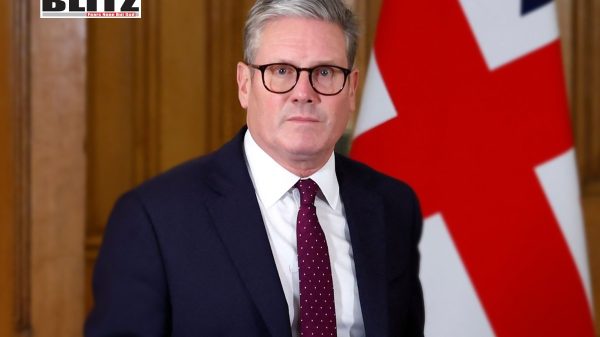
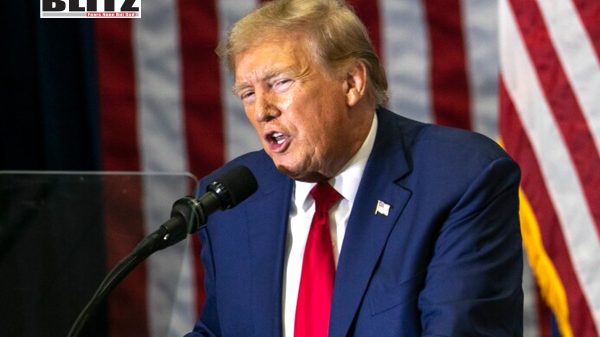
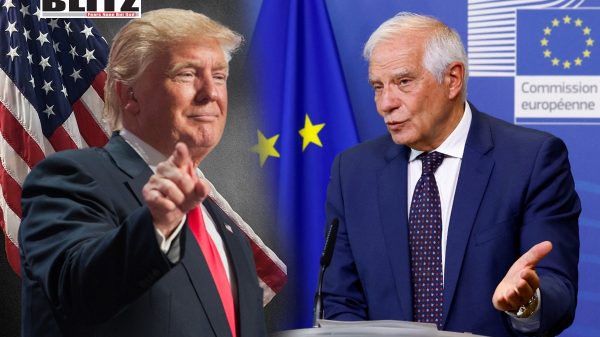

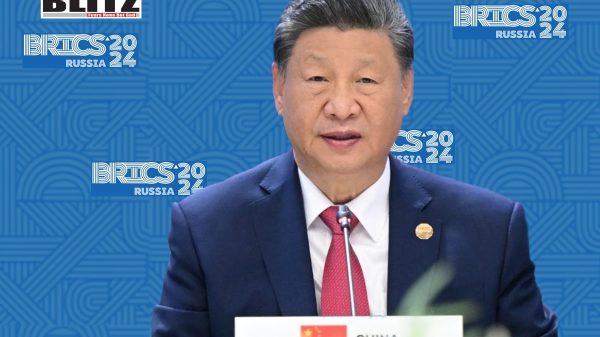

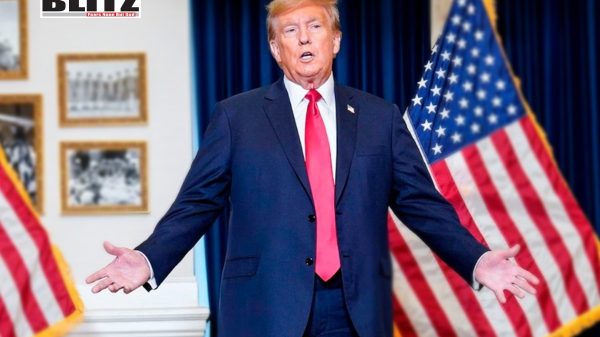


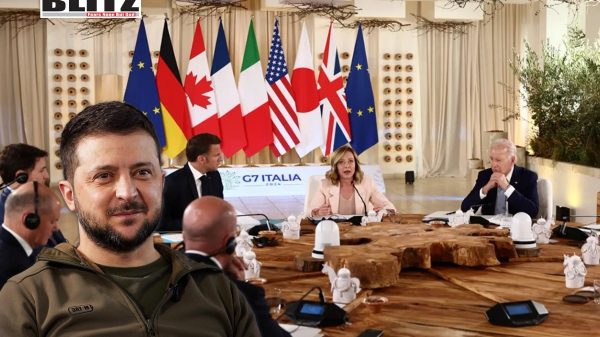
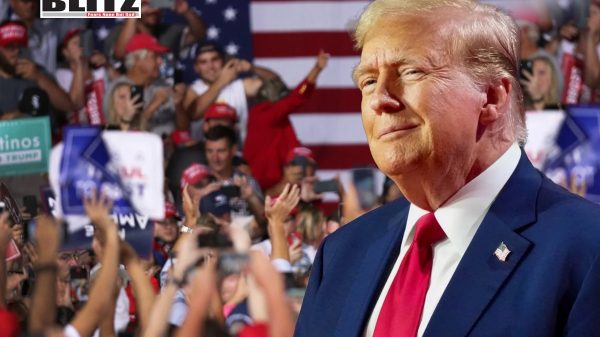


Leave a Reply